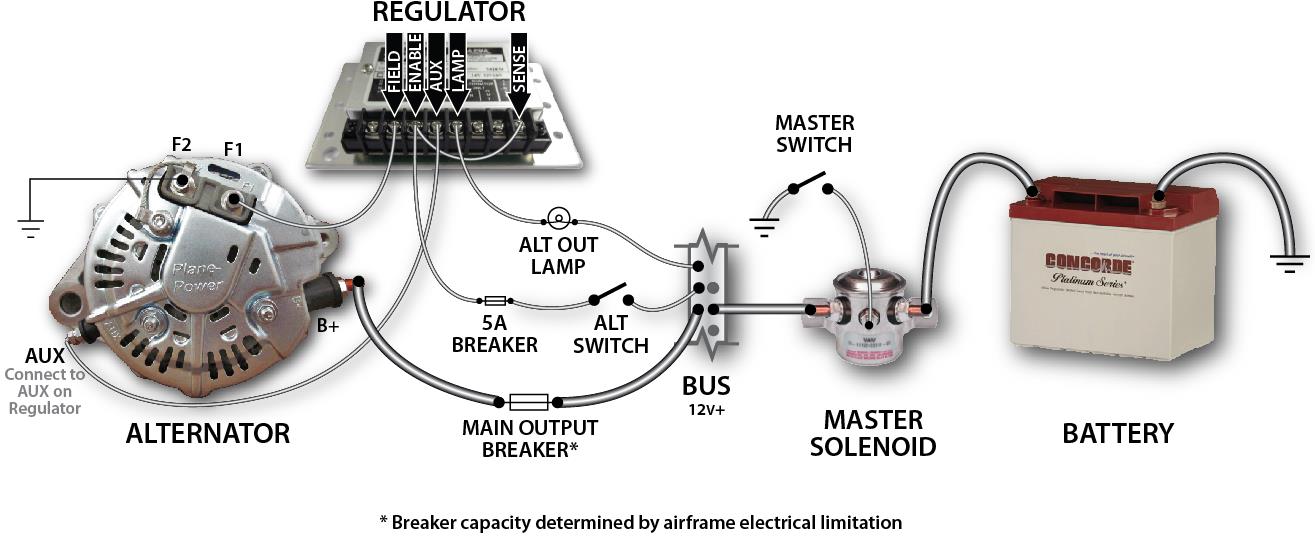Salty
Touchdown! Greaser!
I just installed a plane power alternator and regulator upgrade from a generator.
I can see it working either way, I have a feeling it's working correctly, but should the light go out when you apply the field voltage but the alternator isn't turning yet?
I can see it working either way, I have a feeling it's working correctly, but should the light go out when you apply the field voltage but the alternator isn't turning yet?

